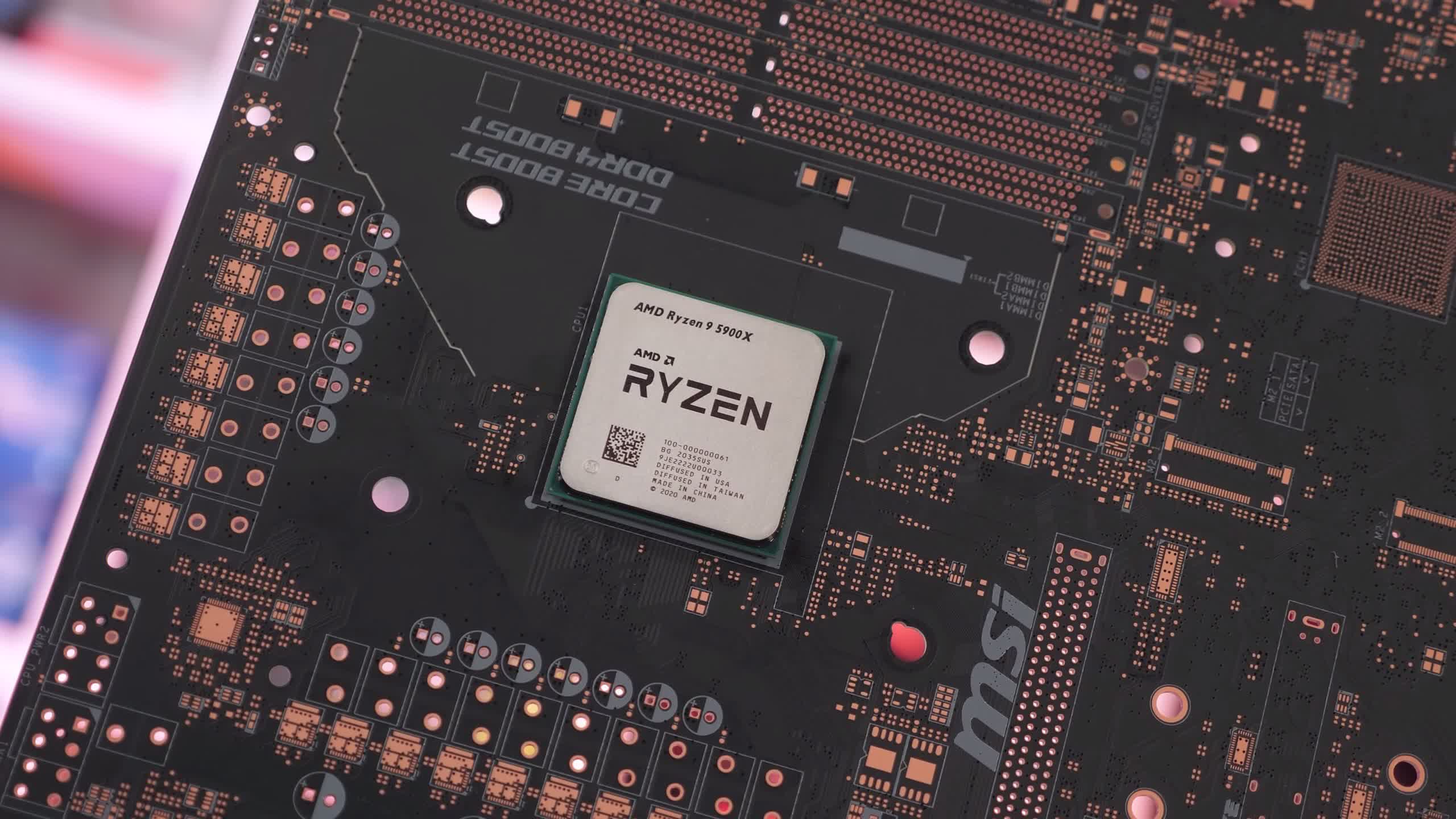Something to look forward to: AMD kicked off an excellent year of tech with the release of Renoir, the Ryzen 4000 series mobile APUs. Now their replacements are due: but lightning rarely strikes twice, and it appears that AMD isn't ready for another revolution.

The new Ryzen mobile series is suspected to have a mix of Zen 2 and Zen 3 parts, according to different leaks as shown in the table below (courtesy of NotebookCheck).
Code-named Lucienne (pronounced lucy-en), a feminine French name meaning 'light,' when the processors release, they'll join AMD's desktop parts in going by the Ryzen 5000 series nomenclature. But Lucienne parts won't use the new Zen 3 architecture, instead, they'll use Zen 2 and stick to the same Vega graphics.
It is suspected Lucienne will be offered in budget and mainstream laptops, while the 'Cezanne' Ryzen 5000 APUs will get the upgrade to Zen 3 and offer bigger boosts in performance, especially in single-thread operation, with an expected price premium to go along with it.
| CPU | Architecture | Cores / Threads | Base / Boost Clock (GHz) |
L3 Cache (MB) |
GPU Cores | GPU Clock (GHz) |
|---|---|---|---|---|---|---|
| Ryzen 3 5300U | Zen 2 (Lucienne) | 4 / 8 | 2.6 / 3.85 | 4 | 6 | 1.5 |
| Ryzen 3 5400U | Zen 3 (Cezanne) | 4 / 8 | 2.6 / 4.0 | 8 | 6 | 1.6 |
| Ryzen 5 5500U | Zen 2 (Lucienne) | 6 / 12 | 2.1 / 4.0 | 8 | 7 | 1.8 |
| Ryzen 5 5600U | Zen 3 (Cezanne) | 6 / 12 | 2.3 / 4.2 | 12 | 7 | 1.8 |
| Ryzen 7 5700U | Zen 2 (Lucienne) | 8 / 16 | 1.8 / 4.3 | 8 | 8 | 1.9 |
| Ryzen 7 5800U | Zen 3 (Cezanne) | 8 / 16 | 2.0 / 4.4 | 16 | 8 | 2.0 |
The Ryzen 7 5700U appeared in the Geekbench 5 database this week several times with the CPU and GPU components getting tested. The CPU was revealed to have 8 cores, 16 threads, and operate with a base clock of 1.8 GHz and a maximum boost clock of 4.33 GHz.
For context, the 4800U also has 8 cores, 16 threads and runs a 1.8 GHz base clock and a 4.2 GHz boost clock. And if you'll forgive me for ignoring the boring numbers, we'll skip to the context on the performance: the 5700U got more or less the same benchmark scores that the 4800U gets (bear in mind that mobile scores are very variable).

Check out our AMD Ryzen 7 4800U Review!
The GPU inside the 5700U has eight compute units, just like the 4800U, but at 1.9 GHz, they were running 150 MHz faster than the 4800U's. There's no meaningful improvement in the scores, though.
AMD Ryzen 5 5500U with Radeon Graphics
— APISAK (@TUM_APISAK) November 19, 2020
1 Processor, 6 Cores, 12 Threads
AuthenticAMD Family 23 Model 104 Stepping 1
Base Frequency 2.10 GHz
Maximum Frequency 4.04 GHzhttps://t.co/hgEJBtP6d2
Just recently, the Ryzen 5 5500U joined its faster sibling in the database, albeit with just one entry. This processor has 6 cores, 12 threads and runs a 2.1 GHz base clock, and can turbo up to at least 4.04 GHz. Familiar? The 4500U has a 2.3 GHz base clock and a 4.0 GHz boost clock, with the same core configuration. Both the 4500U and the 5500U get similar scores, too.
In short, AMD is refreshing Renoir and giving it a 5000 name. A refresh means that Lucienne will be a little bit better than Renoir, but probably not upgrade worthy. Cezanne, on the other hand, should be more interesting and offer more performance. The processors may see a release soon, too, possibly January.
https://www.techspot.com/news/87696-amd-preparing-ryzen-5000-apus-laptops-but-not.html